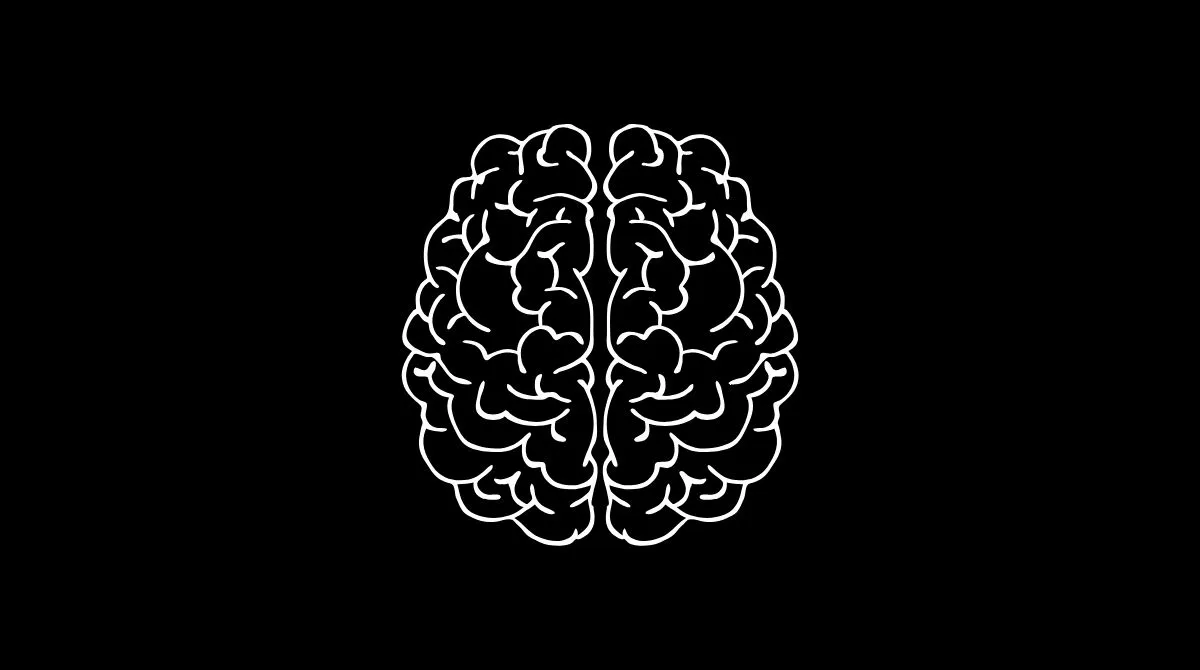
In the first two articles, I established a foundational framework: AI Search operates on a Retriever-Generator model, and this model is the next logical step in search’s long evolution toward understanding intent.
Now, we can be practical.
Let’s move beyond theory and look at how a tool like Bing Chat (now Microsoft Copilot) or Perplexity actually answers your questions in real-time. It’s not one system at work; it’s a sophisticated, high-speed dialogue between two very different, specialized “brains.”
I want you to think of them as Brain #1 (The Library) and Brain #2 (The Researcher).
Brain #1: The Library – The Global Index
The first brain is the entire classic search infrastructure. It’s Google’s or Bing’s massive, constantly updated index of the web.
This is the “non-parametric memory” that the researchers behind Retrieval-Augmented Generation (RAG) refer to.
In their original paper, they used “a dense vector index of Wikipedia” as their external knowledge source (Lewis et al., 2020, p. 1).
For a commercial search engine, that index isn’t just Wikipedia; it’s trillions of pages.
The Library’s Strengths:
- Vast Scope: It contains nearly the entirety of public human knowledge.
- Freshness: It is updated constantly with new information.
The Library’s Weakness:
It’s just a collection of documents. It has no ability to synthesize, create a narrative, or hold a conversation. It can only return a list of potentially relevant sources.
This is the raw material.
It’s the world of technical SEO, authority signals, and indexability that we’ve always known.
Brain #2: The Researcher – The Large Language Model
The second brain is the Large Language Model (LLM) like GPT-4. This is the eloquent synthesizer, the conversationalist.
The Researcher’s Strengths:
- Fluency: It can understand and generate sophisticated, human-like language.
- Synthesis: It can read multiple sources and weave them into a single, coherent summary.
- Context: It can remember the previous turns in a conversation to answer follow-up questions.
The Researcher’s Weakness:
On its own, it’s a “closed book.” It knows nothing beyond its last training date and can confidently hallucinate facts.
One brain has all the knowledge but can’t talk. The other can talk but has limited, static knowledge. The magic of AI Search is in how they work together.
The dialogue: How the two brains work together in real time
Let’s walk through a real-world example. Imagine you ask your AI assistant:
“What were the key findings of the Toolformer paper and how do they compare to the WebGPT study?”
Here’s the high-speed dialogue that happens behind the curtain:
Step 1: The Researcher receives the query.
The LLM (Brain #2) parses your question. It instantly recognizes that Toolformer and WebGPT are specific entities and that you’re asking for factual findings and a comparison—information it almost certainly doesn’t have memorized accurately.
Step 2: The Researcher becomes an Agent.
This is the Toolformer principle in action.
The LLM knows it has knowledge gaps. Instead of guessing, it formulates a plan.
It decides it needs to use a tool—the search engine. It generates a set of internal search queries, likely something like:
- “key findings of Meta AI Toolformer paper”
- “summary of OpenAI WebGPT study”
- “comparison of Toolformer vs WebGPT”
Step 3: The Library goes to work.
The LLM sends these queries to the Retrieval system (Brain #1).
The classic search engine does its job, scours its index, and returns a ranked list of the most relevant and authoritative documents for each query—perhaps the original papers on arXiv, summaries from top AI blogs, and university press releases.
Step 4: The Researcher becomes a Synthesizer.
The LLM (Brain #2) now receives this package of vetted source documents. The RAG process begins.
It “reads” the retrieved content, extracts the key findings from the Toolformer sources, identifies the main points of the WebGPT sources, and analyzes the comparison articles.
It then structures all of this into the final, well-written answer you see on your screen.
Step 5 (The Advanced Move): The Researcher becomes a Browser.
This is where the most sophisticated systems emulate the WebGPT study.
That paper details how models were trained to perform a sequence of browsing actions, including Search, Clicked on link, Quote, and Back (Nakano et al., 2021, p. 3).
If the initial search results give the LLM a high-level summary, it might “decide” it needs a specific, verifiable fact.
It can then “click” on the link to the actual PDF, scroll to the relevant section, and “quote” a sentence directly, perhaps even providing it as a citation in its final answer.
Conclusion
This entire, intricate dialogue is predicated on one thing: the quality of the documents in the library.
The most sophisticated AI agent in the world is useless if its search queries return poor, irrelevant, unreliable, or poorly structured content.
The work here, as an SEO or content professional, is to ensure that when the AI agent comes looking for truth, your entity (website, brand, company)is the most authoritative, clear, and parsable “book” on the shelf in your niche.
The dialogue between these two brains is the new reality of search.
You can’t control the Researcher (the LLM), but you have immense influence over the Library it depends on.
In my next post, I’ll discuss what this all means for the user experience and why the “chat” interface itself is the final piece of this puzzle—an innovation in interaction, not just infrastructure.